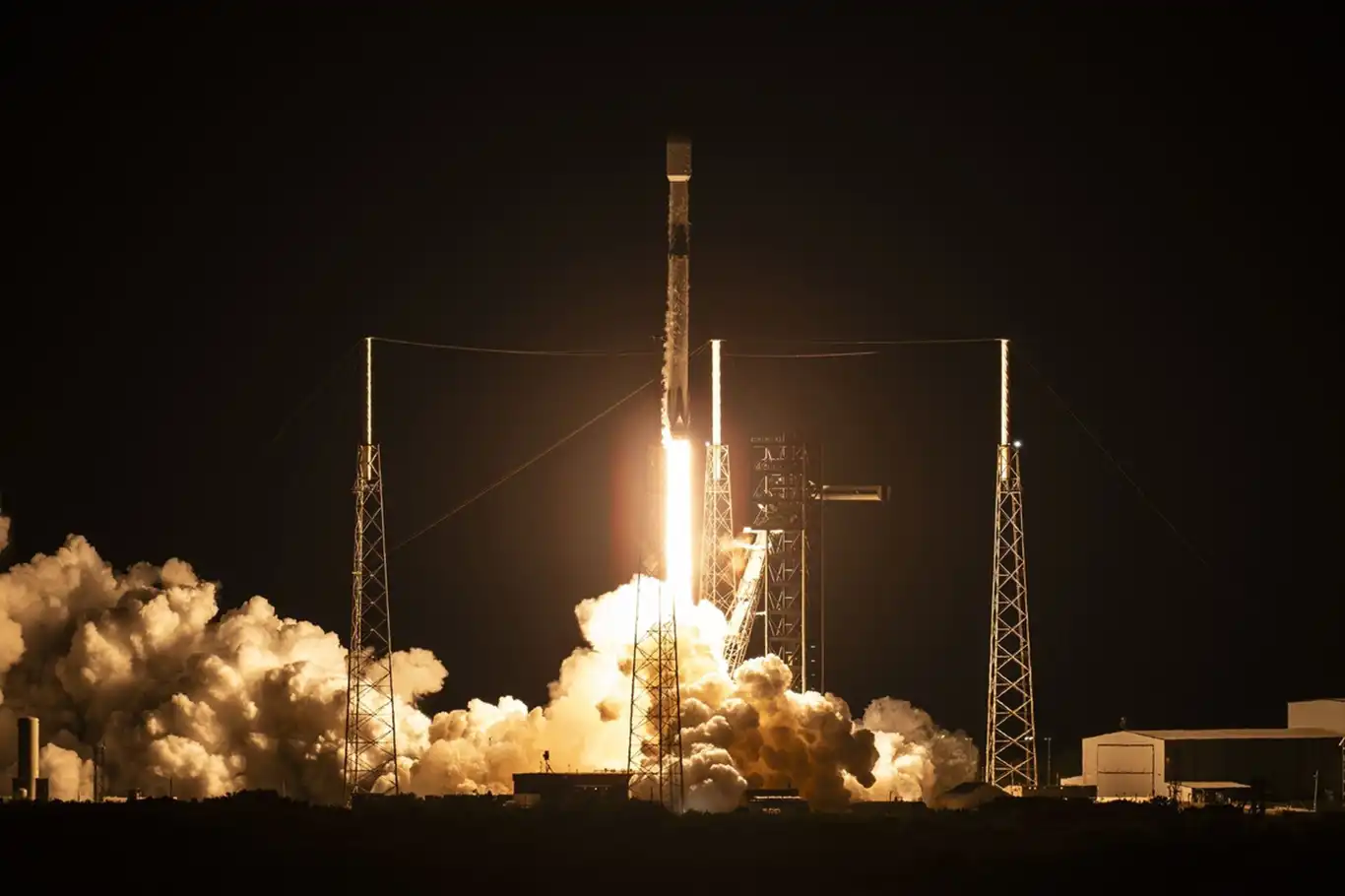South Korea completes military satellite network with fifth launch


South Korea successfully launched its fifth military surveillance satellite on Sunday, completing a project aimed at strengthening its ability to independently monitor North Korea’s military activities, the defence ministry said.
The satellite, part of the so-called “425 Project,” lifted off at 1:09 a.m. (KST) from Cape Canaveral Space Force Station in Florida and separated from its launch vehicle about 14 minutes later, the ministry said in a statement. Communication with the ground was established at 2:09 a.m.
The radar-equipped spacecraft entered its designated orbit and will undergo a period of testing under the supervision of the Agency for Defense Development before beginning operations, the ministry added.
The new satellite carries a synthetic aperture radar (SAR) system that can capture high-resolution images in all weather and lighting conditions, allowing South Korea to conduct around-the-clock surveillance of the Korean Peninsula.
It is the final component of a five-satellite network that includes one electro-optical and infrared (EO/IR) satellite and four SAR satellites, designed to complement each other’s capabilities.
The 425 Project was approved in 2017 with a budget of 1.2 trillion won ($840 million) to deploy satellites weighing between 800 and 1,000 kilograms. The name “425” derives from the way the acronyms SAR and EO are pronounced in Korean — “sa” for four, and “i-o” for two-five.
The EO/IR satellite was launched in December 2023, followed by three SAR satellites between April 2024 and mid-2025. The first three have already been integrated into the military’s reconnaissance system, while the fourth is completing final checks.
The network is expected to enhance South Korea’s “kill chain” — a pre-emptive strike system intended to detect and neutralise North Korean missile and nuclear threats before launch.
With a resolution of about 30 centimetres, the SAR satellites can distinguish between vehicles and detect human movement, according to the ministry. The military says the expanded surveillance capacity will allow it to complete the kill chain process — from detection to strike assessment — within 30 minutes.
“With the successful launch of the fifth satellite, our military now has sharper and clearer eyes,” Defence Minister Ahn Gyu-back said in a statement. “We have achieved an all-weather, round-the-clock independent surveillance capability across the entire Korean Peninsula.”
The ministry plans to expand space surveillance by deploying smaller satellites and developing domestic launch sites and vehicles. Between 2025 and 2028, it aims to launch about 20 small satellites, followed by around 40 microsatellites between 2028 and 2030.
A second phase of the 425 Project is under review, which could allow South Korea to observe the entire North Korean region every 30 minutes, compared with the current two-hour interval.
Although primarily focused on North Korea, the system will also allow monitoring of other potential regional threats, including activities in China and Russia, officials said. (ILKHA)
LEGAL WARNING: All rights of the published news, photos and videos are reserved by İlke Haber Ajansı Basın Yayın San. Trade A.Ş. Under no circumstances can all or part of the news, photos and videos be used without a written contract or subscription.
The United States and China have agreed to establish direct military-to-military communication channels to prevent conflicts and reduce tensions, following a “historic” meeting between U.S. President Donald Trump and Chinese President Xi Jinping in Busan, South Korea.
The long-awaited Grand Egyptian Museum (GEM) officially opened its doors on Saturday in a lavish ceremony attended by dignitaries from around the world, marking a new chapter for Egypt's unparalleled archaeological heritage.
Iraq and Türkiye signed an agreement on Sunday to implement water infrastructure projects financed by revenue from Iraqi oil sales to Türkiye, a Turkish official confirmed.
Iranian President Masoud Pezeshkian pledged on Sunday that Iran will rebuild its damaged nuclear sites “stronger than before,” following joint Israeli and US strikes earlier this year that targeted key facilities across the country.